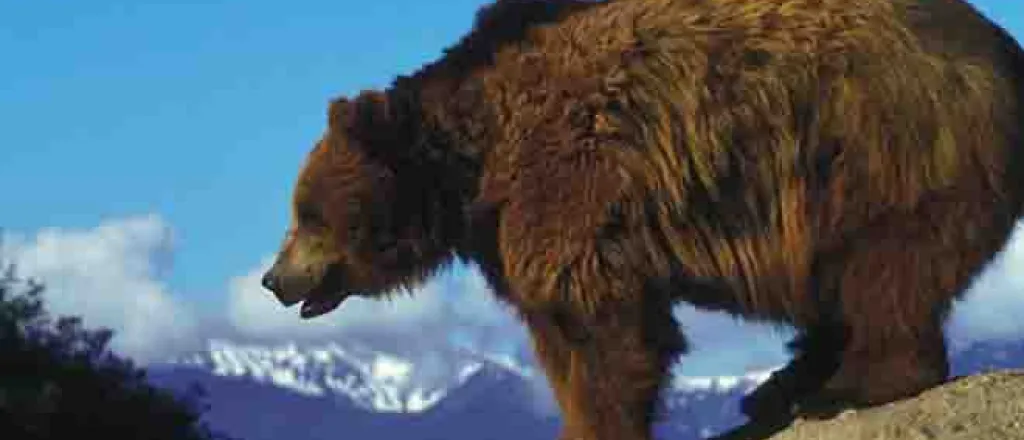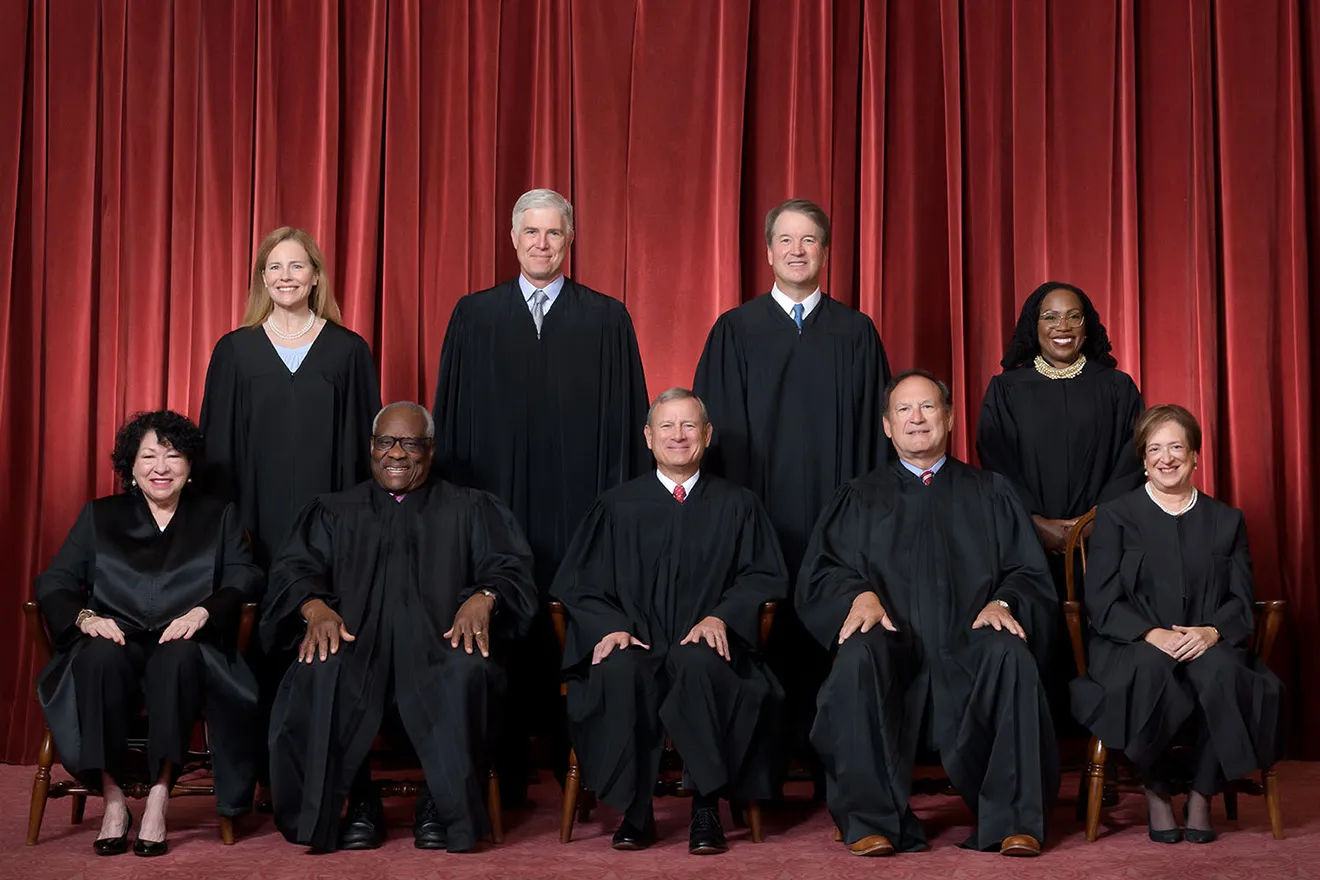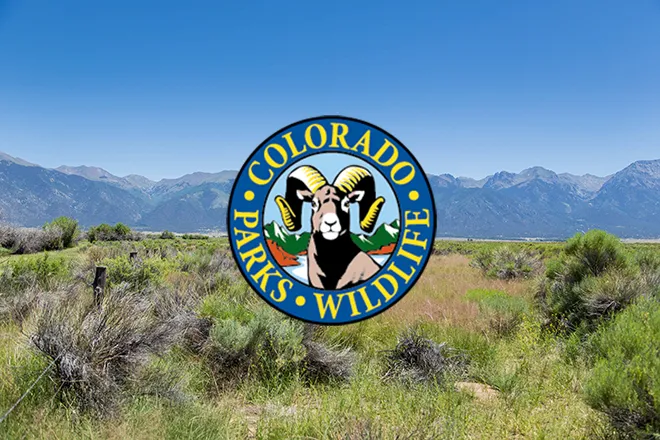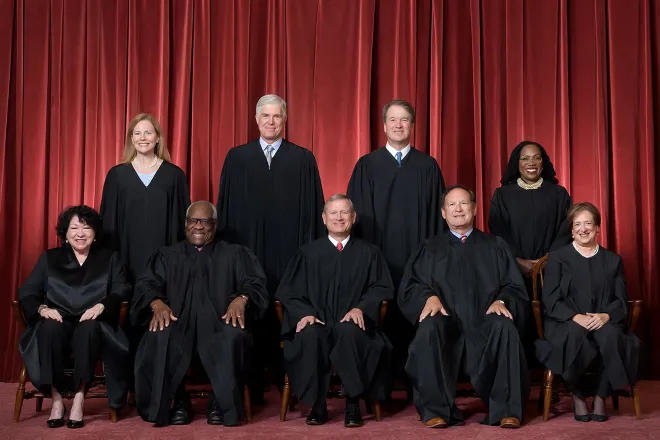
Conservationists warn of downsides to delisting grizzly
(Wyoming News Service) The U.S. Fish and Wildlife Service is considering removing Greater Yellowstone and Northern Continental Divide ecosystem grizzly bears from the Endangered Species List.
Kristin Combs, executive director of Wyoming Wildlife Advocates, worries grizzlies could face the same fate as wolves if management is turned over to states. She pointed to recent moves by Idaho and Montana, which led to increased trapping, night hunting using infrared cameras, and year-round open seasons in a drive to reduce populations.
"We've seen it with wolves, we see it with other large carnivores," Combs pointed out. "There's nothing to say that would not happen to grizzly bears if they were under state management as well."
Top Wyoming leaders, including Gov. Mark Gordon, Sen. John Barrasso, R-Wyo., and Sen. Cynthia Lummis, R-Wyo., support delisting grizzlies. They argued the bears have fully recovered, and it is time for Wyoming, not Washington, to be in charge of managing their future.
Grizzly bears occupy just 6% of their historical range in the lower 48 states. Fish and Wildlife estimates there are just over 1,800 grizzlies living in the Yellowstone and Northern Continental Divide ecosystems, down from the 50,000 that once roamed the West.
Powerful livestock interests have long worked to protect their bottom lines when it comes to large carnivores.
Combs pointed to programs enabling livestock and wildlife to coexist, now at work in places such as Alberta.
"How can we raise cattle, and also have wolves and bears on the landscape? And it turns out it is possible, it's something that can be done," Combs noted. "It just takes a little extra effort, and time, and learning something new."
Humans remain the greatest threat to grizzlies, from habitat loss and fragmentation due to development to deadly encounters with hunters, vehicles and even trains. Combs contended removing protections will put the long-term future of the species at risk by making it much harder for bears to travel, and deepen an increasingly shallow gene pool by connecting with other bears.
"The U.S. Fish and Wildlife Service has talked a little bit about augmenting genetic connectivity with implanted bears into an area," Combs explained. "That's problematic because relocated bears don't always have a success of survival after they're relocated."

















